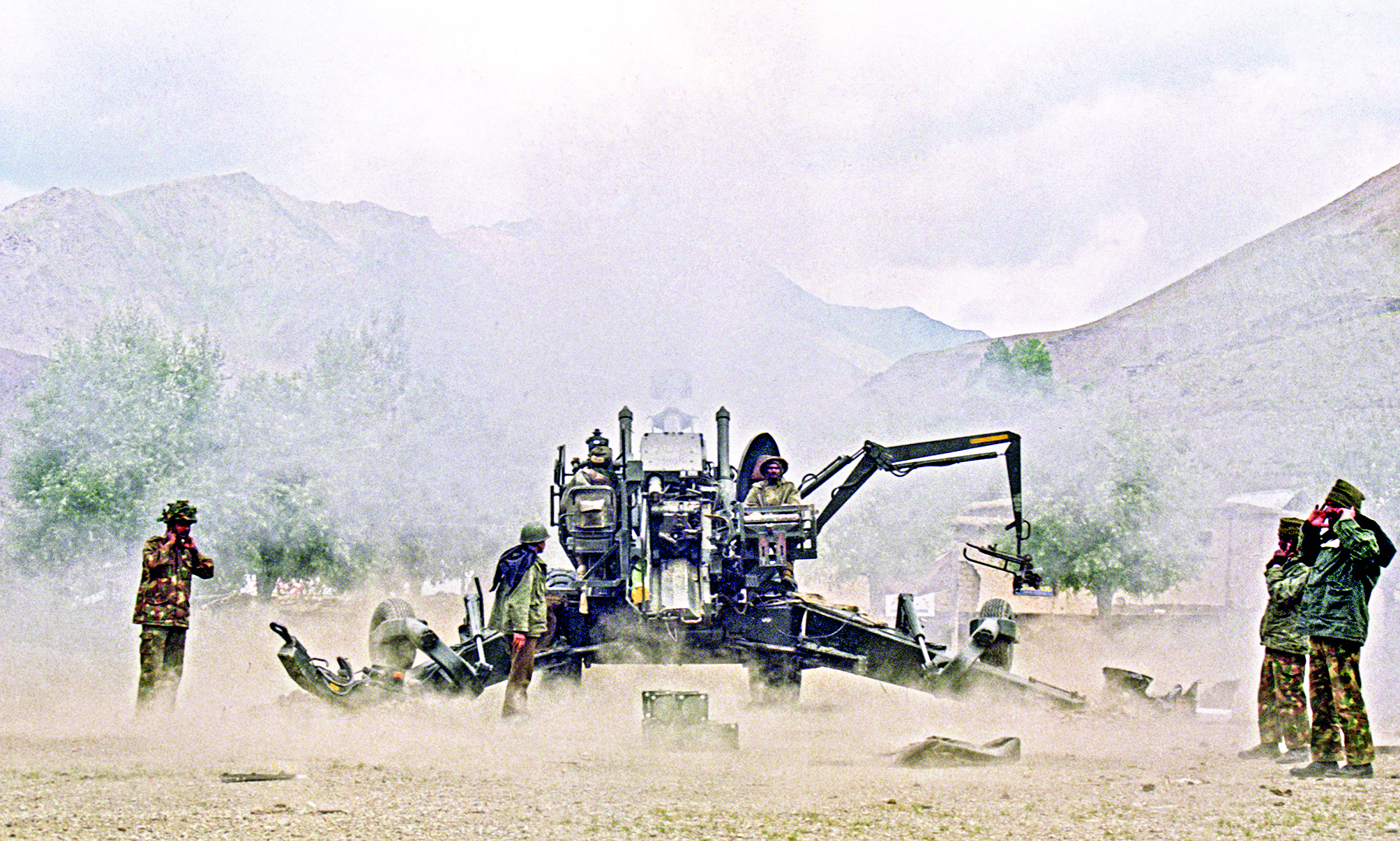India marks 25 years of Kargil War win with focus on defence reforms

kargil: India is set to commemorate the 25th anniversary of its military victory in the 1999 Kargil War on Friday, July 26, a conflict imposed by a Pakistan Army Chief driven by ambitions to capture the Kashmir Valley and the Saltoro Ridge on the Siachen Glacier. The war involved planned troop intrusions north of Zoji La and south of Chorbat La. Despite initial surprise at the audacity of the plan, the Indian Army successfully repelled the intruders over two months, albeit at the cost of 527 brave soldiers. This victory highlighted the Indian Army’s capability to overcome formidable odds, demonstrating that every soldier, regardless of their background, was prepared to defend the nation.
The military triumph at Kargil not only drew global attention to the cross-border terrorism practiced by Pakistan since the early 1990s but also showcased India’s ability to defend its borders with restraint while imposing significant military and political costs on the enemy. Though India lost many fearless young officers and soldiers in challenging conditions, the war was a pivotal moment in India’s journey towards becoming a developed nation.
The Kargil War compelled India’s political leadership to modernise its conventional military power and reform the national security architecture. Following the conflict, the Indian Army reorganised its commands and established a strike corps against China at Pannagarh, positioned to counter the PLA threat in the Chumbi Valley-Siliguri corridor.
However, the implementation of these reforms faced delays due to bureaucratic inertia. The post of Chief of Defence Staff (CDS), recommended by the Subrahmanyam Committee during Atal Bihari Vajpayee’s tenure, took two decades to materialise. On January 1, 2020, Prime Minister Narendra Modi appointed General Bipin Rawat as the first CDS of India. Additionally, reforms in Indian intelligence were initiated by Ajit Doval, then Director of the Intelligence Bureau, who established the Multi-Agency Center (MAC) and Joint Task Force on Intelligence (JTFI) in 2004.
In parallel with military and intelligence reforms, India began upgrading its border infrastructure, addressing the long-standing fear of building roads to its northern borders, which stemmed from concerns that China might exploit them. The Kargil War forced a change in this mindset, prompting the government to enhance border infrastructure, including advanced landing grounds along the Line of Actual Control (LAC) and state-of-the-art platforms like Chinook helicopters for rapid force insertion.
Upgraded airstrips at locations such as Daulet Beg Oldi (DBO), Nyoma, Thoise, and Leh ensure that Indian troops on the Saltoro Ridge are not caught off guard by China or its ally Pakistan. Surgical strikes in response to the Uri and Pulwama terror attacks have instilled fear in Pakistan, while the 2020 Galwan Valley clash demonstrated the Indian Army’s resolve to the PLA. The Kargil conflict further exposed bureaucratic delays in India’s defence acquisition processes. Despite the urgency, the Indian Air Force only joined the conflict on May 26, 1999, after receiving Cabinet Committee on security approval.



